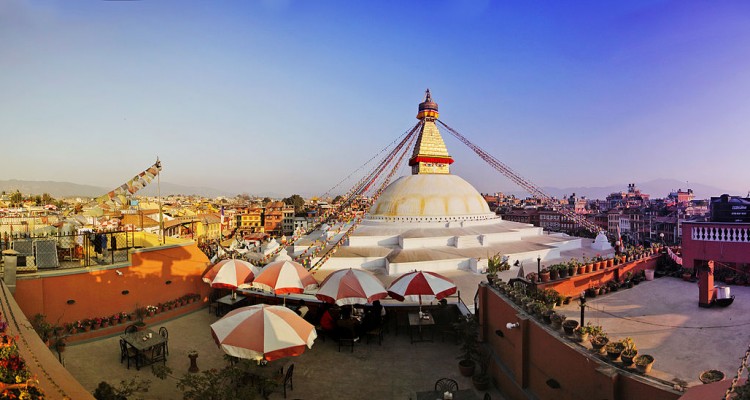Even though Nepal is not on the radar of most casino investors, the gambling industry in the country is growing. A report from Union Gaming Securities Asia Limited says that Nepal might likely become the world’s biggest casino gaming destination.
One of several reasons why casino developers should consider investing in Nepal is because the country offers gambling assets that aren’t dependant on Chinese players. Another reason is the country’s proximity to India and the Indian middle class players should be the main target. India produces approximately $10 billion per year in gross gaming revenue which includes both legal and illegal types of gambling coming from casino and non-casino gaming. In addition, most of the middle class people in India are familiar with several forms of gambling but don’t have the places to gamble. Another positive sign is that Nepal casinos are allowed to accept bets in Indian rupees, according to industry experts.
Furthermore, the report also compares India to China pointing out that the population in India is almost half the size of that in China and that there are several hundred million people in India who have the budgets to engage in casino gaming at some level. In addition, just like China, India doesn’t allow onshore casino-style gaming, therefore, neighboring countries like Nepal can capitalize on it. The location of Nepal is also attractive and allows easy access.
After a devastating 2014, where the government closed all 10 casinos in Nepal due to failure to comply with the new industry regulations, the casino industry in Nepal is recovering and companies are starting to notice it. The company Silver Heritage based in Hong Kong opened the Millionaire’s Club and Casino at Shangri-La Hotel in Kathmandu and is planning to start other projects in the country.


